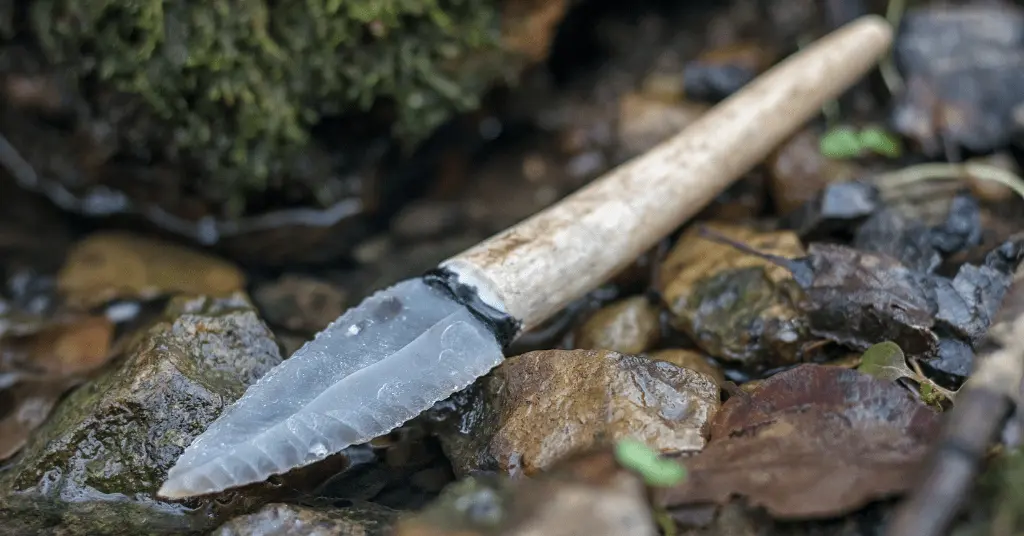AI Answer Evaluation Platform Live Now. Try Free Answer Evaluation Now
Ecofacts
An ecofact is an archaeological or paleontological term that refers to a natural object or substance that has been used or modified by humans and has some value in understanding past human activity. Ecofacts may comprise objects like plant and animal parts, shells, pollen, charcoal, and stones that have been utilized as tools or building materials.

Ecofacts are distinct from artifacts, which are human-made artifacts that have been purposefully constructed for a specific purpose. Ecofacts, on the other hand, are items or materials that have been modified or used by humans but were not necessarily meant for a specific function.
Ecofacts may be important sources of information for archaeologists and paleontologists, as they may reveal insights on earlier human activities and the environment in which they lived. For example, studies of plant and animal remains may expose information about past diets and hunting methods, while analysis of pollen and charcoal might divulge information about prior vegetation and fire use.
Types of Ecofacts
There are several sorts of artifacts that may be uncovered in archaeological and paleontological contexts. Here are innumerable examples:
- Faunal Ecofacts: These are animal remnants that have been used or transformed by humans. They may contain bones, teeth, antlers, and shells and reveal information about earlier hunting and fishing techniques, as well as historical exploitation of animals for other uses such as clothing or decoration.
- Floral Ecofacts: These are plant remains that have been exploited or transformed by humanity. These may contain seeds, fruits, leaves, and wood, and may reveal information about ancient agricultural methods as well as prior utilization of plants for medicinal or other reasons.
- Palynological Ecofacts: These are pollen grains that have been preserved in sediment or other materials. Analysis of pollen may offer information about historical vegetation and climate, as well as past utilization of fire and other landscape management operations.
- Lithic Ecofacts: These are rocks that have been used or altered by mankind. They may comprise equipment such as axes, knives, and arrowheads, as well as building materials such as stones used to make walls or foundations.
- Charcoal Ecofacts: These are fragments of charcoal that have been preserved in silt or other components. Analysis of charcoal may offer information about the historical use of fire as well as prior vegetation and climate.
- Shell Ecofacts: These are shells that have been used or modified by humans. They may include shells used as tools as well as shells used for ornament or as a trade commodity.
These are simply a few examples of the types of artifacts that may be uncovered in archaeological and paleontological environments. Each sort of ecofact may expose important information about historical human behavior and the habitats in which they lived.
Why there is a need to study Ecofact?
Studying ecofacts is significant for numerous reasons, including:
- Understanding previous human activities: Ecofacts may reveal information about past human activity, including hunting, fishing, agriculture, and tool-making. The study of ecofacts may enable archaeologists and paleontologists to understand how ancient societies used natural resources, interacted with their environment, and adapted to changing conditions.
- Reconstructing earlier ecosystems: Ecofacts may also disclose information about prior habitats, including historical temperatures, vegetation, and animal populations. Research of ecofacts such as pollen and charcoal may help researchers replicate past environments and understand how they have changed over time.
- Tracing the evolution of species: Ecofacts may also provide information on the evolution of species. For example, studies of fossilized bones and teeth may let paleontologists grasp how species have grown over time and how prior environmental events have impacted their development.
- Finding patterns and trends: By researching ecofacts throughout diverse time periods and geographic regions, researchers may identify patterns and trends in human behavior and environmental change. This may help us better understand how societies have reacted to environmental concerns in the past and may alter our methods for managing natural resources and tackling environmental difficulties in the present and future.
In summary, the study of ecofacts may reveal important information about earlier human activity, preceding ecosystems, the genesis of species, and patterns and trends in human behavior and environmental change.




